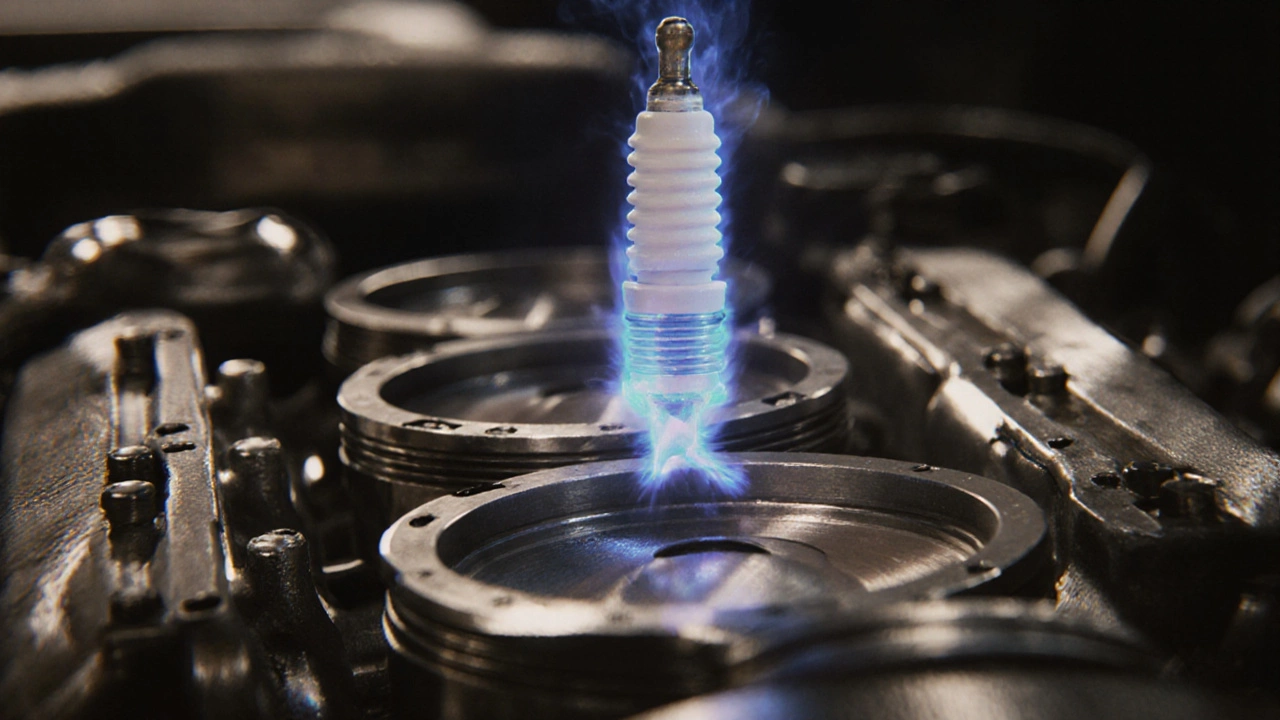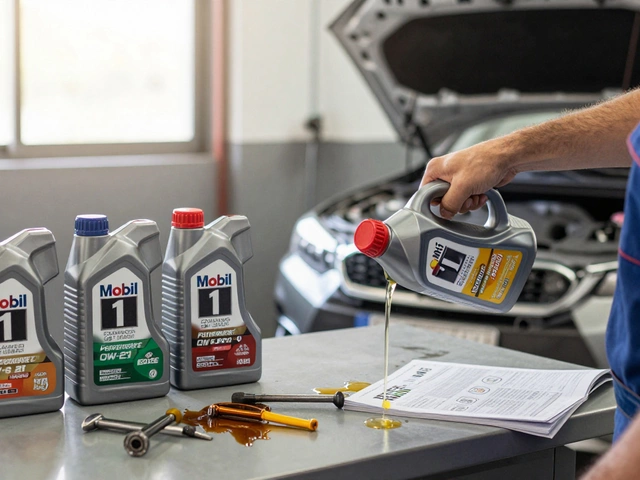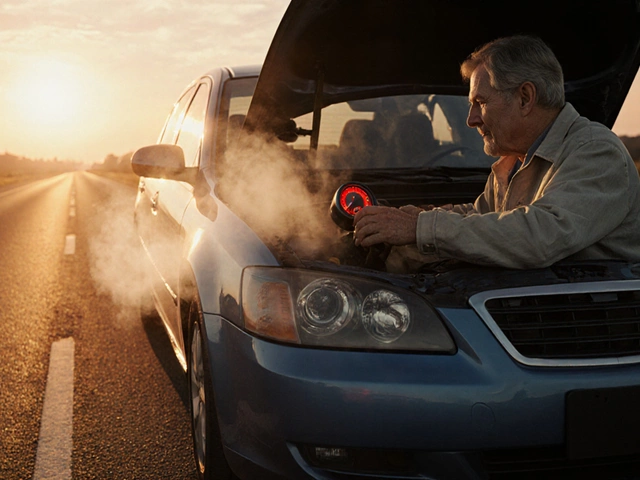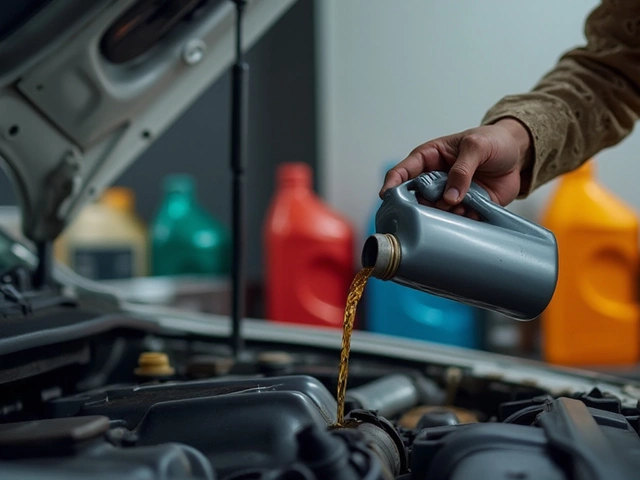Misfire – Why Your Engine Might Skip a Beat
When your engine experiences a misfire, one or more cylinders fail to fire at the right moment, causing a rough idle, loss of power, or a dreaded popping sound. Misfire, a condition where combustion does not occur correctly in one or more cylinders. Also known as engine misfire, it often signals a problem in the ignition or fuel system. Spark plug, the component that creates the spark to ignite the air‑fuel mixture. Plug health is crucial because a worn or fouled plug can’t deliver a strong spark, directly leading to a misfire. Fuel pump, the device that supplies pressurized fuel to the engine. If the pump delivers too little or too much fuel, the mixture becomes lean or rich, both of which can trigger a misfire. Finally, Engine timing, the precise coordination of spark and valve events. Incorrect timing throws off the moment the spark fires, so even good plugs and fuel can’t prevent a misfire. In short, a misfire encompasses ignition, fuel delivery, and timing issues, and fixing it requires checking each of these areas.
One of the quickest ways to spot a misfire is by listening for a hiccup while accelerating. When the engine stumbles, the onboard diagnostic system usually logs a P0300‑type code, which points to random cylinder misfires. This code tells you the problem is happening, but not why—so you’ll need to narrow it down. Start with the spark plugs: remove and inspect them for carbon buildup, cracked electrodes, or abnormal gaps. A fresh set of plugs often clears a mild misfire and saves you a trip to the shop.
If the plugs look clean, the next step is the fuel side. A faulty fuel pump can cause low pressure, which a quick pressure test will confirm. Low pressure makes the engine run lean, while an over‑pressurised pump creates a rich mixture—both conditions starve the cylinder of proper combustion and cause the spark to miss its mark. Replacing a weak pump or cleaning a clogged fuel filter restores the correct flow and often resolves the issue.
When ignition and fuel are both in good shape, the culprit often lies in engine timing. Modern cars use the crankshaft position sensor and camshaft sensor to keep timing spot‑on. A failing sensor can send erratic signals, causing the ignition coil to fire too early or too late. Checking sensor output with a multimeter or scanning tool helps you verify timing integrity. If the sensor is bad, a replacement restores the precise spark timing needed to avoid misfires.
Beyond the core components, several supporting parts influence misfire risk. The ignition coil packs the voltage that the spark plug needs; a weak coil can’t generate enough spark, especially under load. Vacuum leaks let extra air into the intake, leaning out the mixture and prompting a misfire. Even a clogged air filter can restrict airflow enough to affect the air‑fuel ratio. Addressing these peripheral issues rounds out a thorough diagnosis.
Understanding how these pieces fit together helps you troubleshoot faster and avoid unnecessary parts replacement. By systematically checking spark plugs, fuel pressure, timing sensors, ignition coils, and related accessories, you can pinpoint the exact cause of a misfire and fix it with confidence. Below you’ll find a curated set of guides that walk you through each step—from inspecting plugs to testing fuel pressure and resetting timing—so you can get your engine running smooth again.

Will Replacing Spark Plugs Make a Noticeable Difference?
Learn how changing spark plugs impacts power, fuel economy, and idle smoothness. Find signs of worn plugs, compare copper, platinum and iridium options, and get step‑by‑step install tips.
CONTINUE READING







